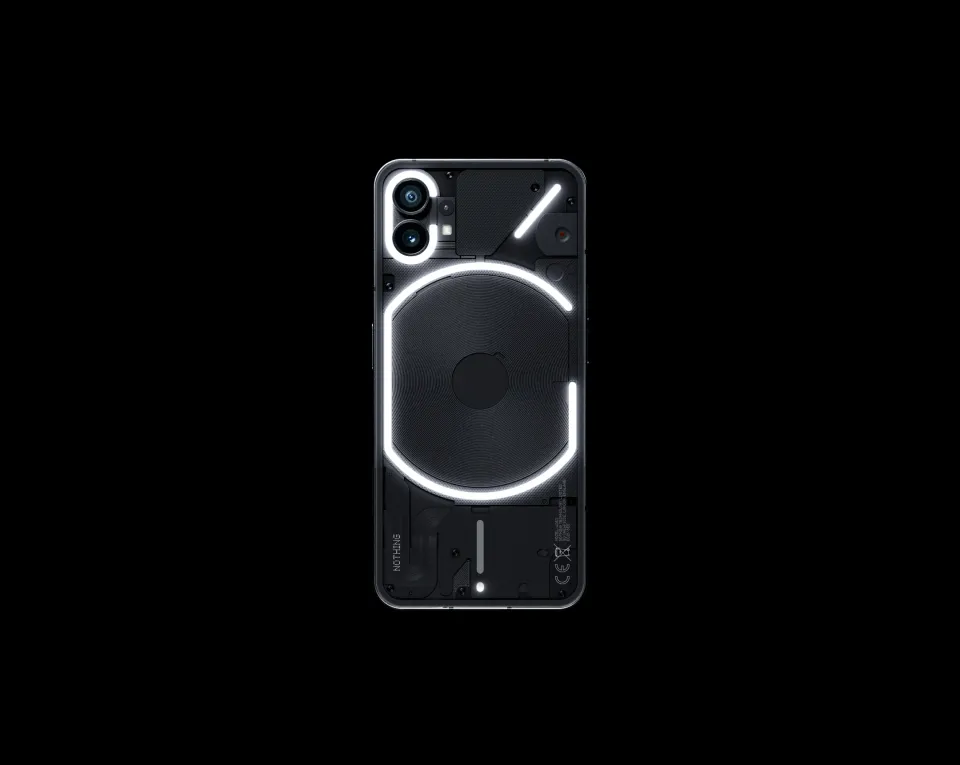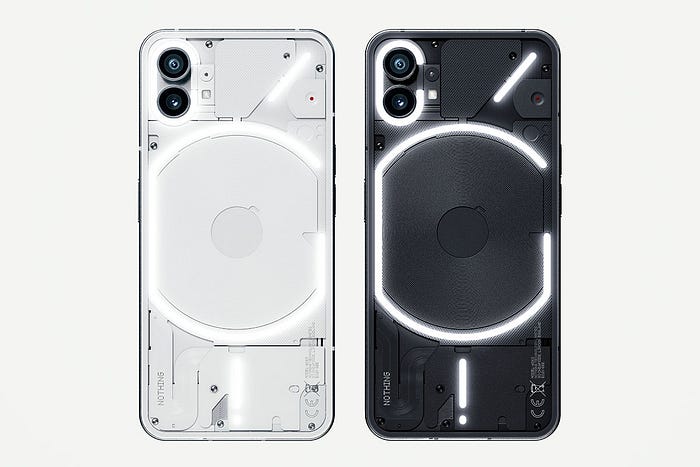Slow Design Principles for UX

In today's fast-paced AI landscape, UX designers often face pressure to deliver rapid solutions, sometimes at the expense of depth and meaning. Embracing the principles of slow design can offer a transformative approach, fostering more meaningful and enduring user experiences. Originally articulated by Carolyn F. Strauss and Alastair Fuad-Luke, these six principles: Reveal, Expand, Reflect, Engage, Participate, and Evolve, encourage designers to adopt a holistic and thoughtful methodology.
How do think we can evolve our world to be less about quantity (MAU/DAU) and more about depth of experience and quality? How can change the paradigm?
As a starting point here are the Slow Design principles, I keep going back to them recently because I feel like that there’s something important here.
1. Reveal
Uncover hidden experiences and processes to build trust and understanding.
For UX designers, 'Reveal' means designing with transparency. This includes showing users how their data is being used, incorporating progress indicators in workflows, or providing insights into how algorithms drive recommendations. Examples include personalized dashboards that visualize user behavior or feedback mechanisms that explain why certain content is shown. This transparency fosters trust and empowers users to make informed choices.
I love Nathalie Shaw’s thinking on this through Transparency and Óscar Macías’s rundown on Transparency in industrial design: here below id the “Nothing” phone living this well:

Spotify's "Discover Weekly" playlist explains song recommendations, revealing how user behavior influences content curation. This transparency fosters trust and deepens user engagement.
2. Expand
Consider the broader impact and potential expressions of the design.
In UX design, expanding means designing with versatility and inclusivity. Products should be adaptable to various contexts, accessible to diverse users, and capable of evolving beyond their initial purpose. For example, designing modular interfaces that can be customized based on user needs or integrating accessibility features from the outset. Expanding also means considering how the product might be used differently over time or in different cultures.
A nice real-world example is the Tactile Pavement that was invented in Japan in 1964, This design, originally intended to assist visually impaired individuals, is now beneficial for distracted pedestrians due to the rise in cell phone usage. It is commonly found on subway platforms, sidewalk edges, stair borders, and major city streets, serving as a guide and alert system. This is an excellent example of an accessibility solution that has broader societal benefits.

Rich Grosskettler has a really nice essay on this, we should always start with inclusive design rather than retrofitting.
Airbnb’s inclusive design framework ensures accessibility for diverse users, expanding usability across cultures and abilities.
3. Reflect
Encourage contemplation and meaningful engagement.
Reflective UX design invites users to pause and think about their digital interactions. This could be through mindful design patterns such as screen time reminders, pause-and-reflect prompts after completing tasks, or interfaces that celebrate user milestones. Products like meditation apps or journaling platforms thrive on this principle, fostering a sense of presence and mindfulness.
Headspace uses daily reminders and progress milestones to prompt mindfulness and self-reflection as a digital example.
I am a passionate James Turrell fan, and think his work embodies this quality fully. Seek out every and any opportunity to experience his work:
4. Engage
Promote collaboration and open participation in design processes.
Engagement in UX design involves incorporating users into the design process. Methods such as user interviews, design sprints, and open-source platforms create space for collaboration and feedback. Additionally, offering customizable settings that let users shape their experience further embodies this principle. Platforms like Figma or Notion thrive because they enable users to shape the product to their unique workflows.
Figma’s collaborative design tools empower users to co-create in real-time, fostering shared ownership of outcomes.
5. Participate
Empower users to actively co-create their experiences.
Participatory design fosters a sense of ownership and community by involving users in shaping the product. This can be achieved through community forums, beta testing programs, or customizable interfaces. Social platforms that allow users to create and share content embody this principle, as do collaborative tools like Trello or Miro.
Duolingo allows users to suggest and vote on new language courses, actively involving them in product development.
6. Evolve
Design with adaptability and long-term relevance in mind.
The Evolve principle encourages UX designers to create products that can grow with their users. This means incorporating feedback loops, enabling regular updates, and ensuring that designs are scalable for future needs. Products like Google Docs and Slack continually adapt to user needs through feature updates, ensuring they remain relevant as users' workflows evolve.
Slack’s iterative updates, driven by user feedback, continuously adapt the platform to evolving team collaboration needs.
Urban design is an area where these principles are tangible:
By integrating these slow design principles into their practice, UX designers can craft experiences that are not only functional and aesthetically pleasing but also sustainable, meaningful, and deeply connected to their users' needs.
Thanks for reading The Percolator! Subscribe for free to receive new posts and support my work.







